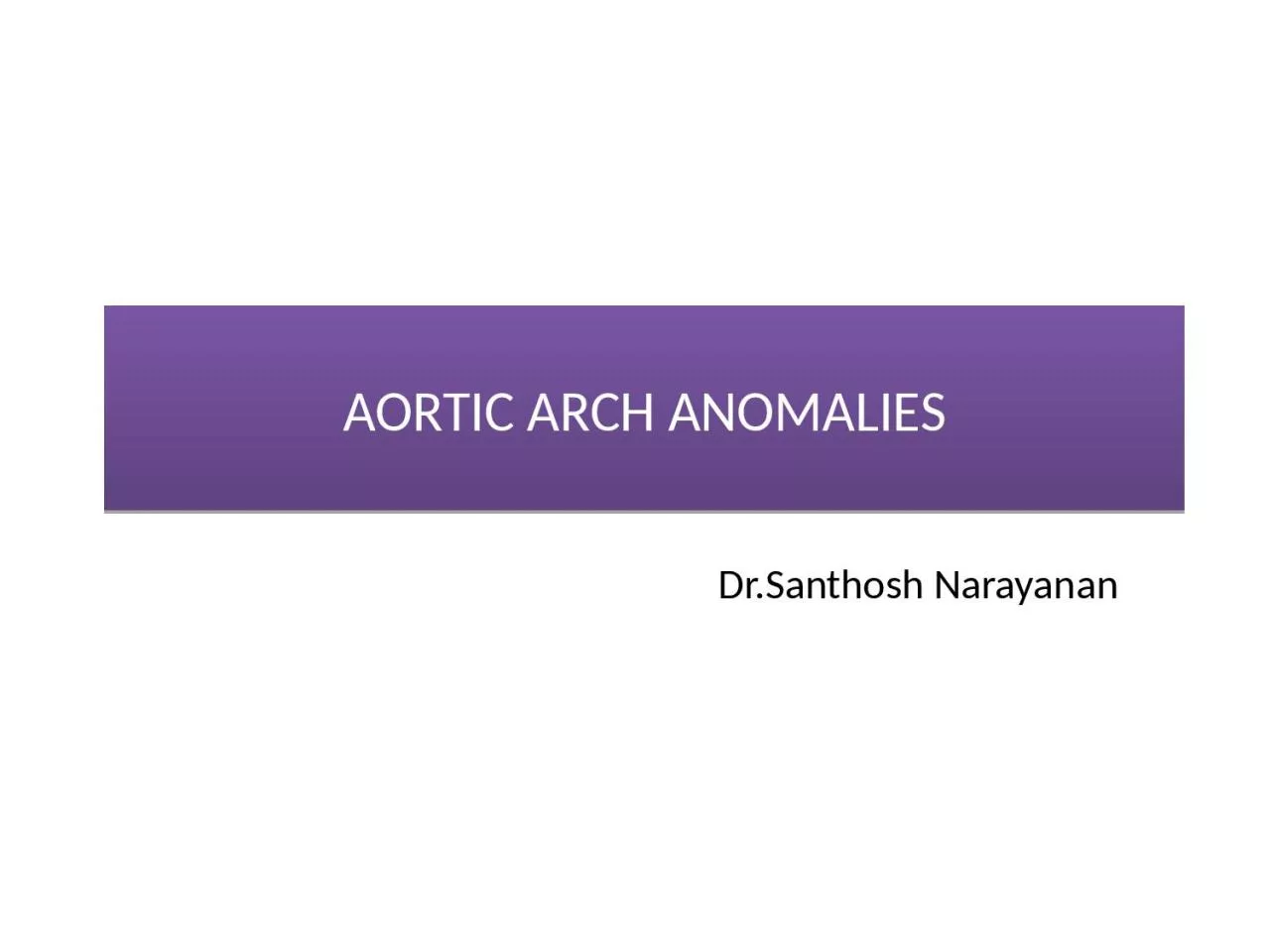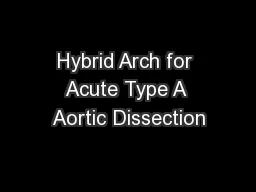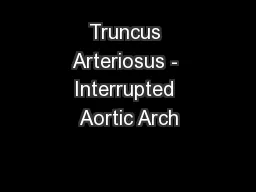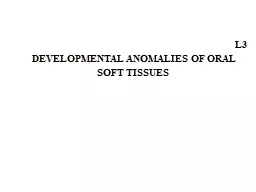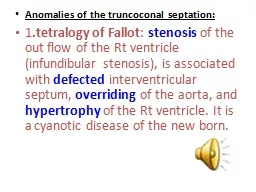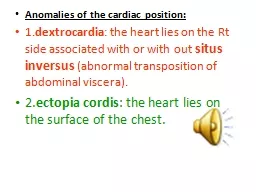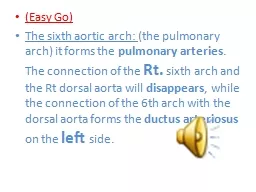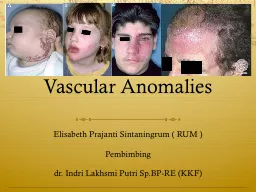PPT-AORTIC ARCH ANOMALIES
Author : walsh | Published Date : 2024-01-03
DrSanthosh Narayanan Topic outline Embryology Anatomy Classification Individual anomalies EmbryologySequence of Events Day I8 Cardiac precursor cells seen in
Presentation Embed Code
Download Presentation
Download Presentation The PPT/PDF document "AORTIC ARCH ANOMALIES" is the property of its rightful owner. Permission is granted to download and print the materials on this website for personal, non-commercial use only, and to display it on your personal computer provided you do not modify the materials and that you retain all copyright notices contained in the materials. By downloading content from our website, you accept the terms of this agreement.
AORTIC ARCH ANOMALIES: Transcript
Download Rules Of Document
"AORTIC ARCH ANOMALIES"The content belongs to its owner. You may download and print it for personal use, without modification, and keep all copyright notices. By downloading, you agree to these terms.
Related Documents

